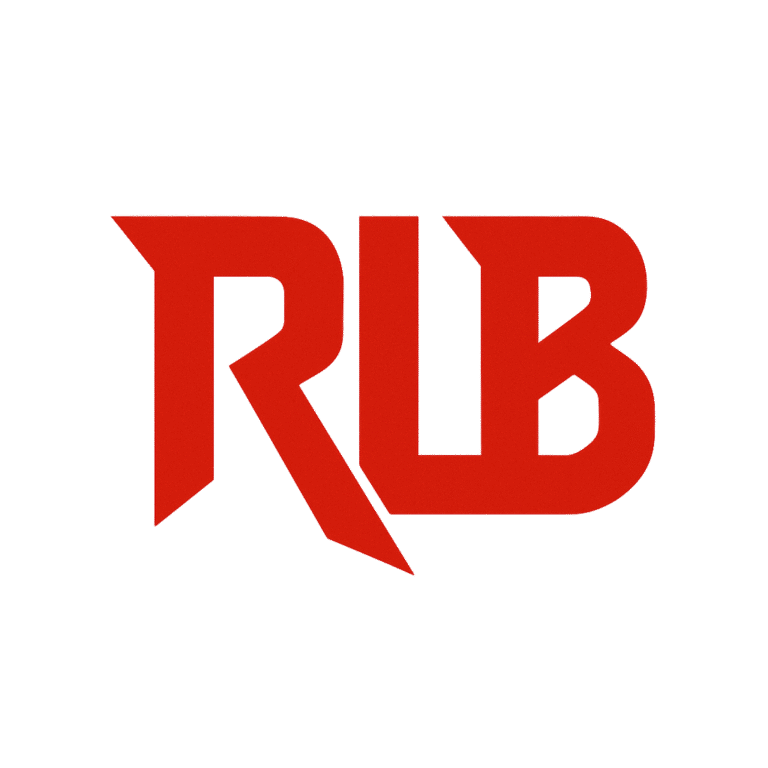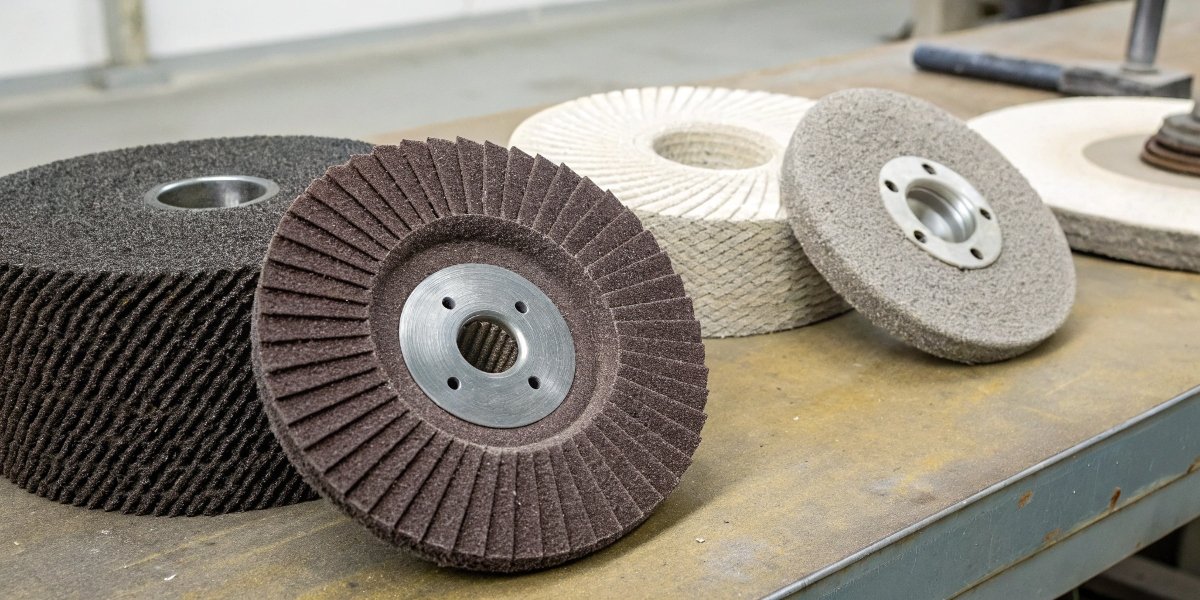
Choosing the wrong grinding wheel can cause production delays and increase costs. Finding the right one ensures efficiency and quality, but the selection process can seem complex and overwhelming.
The single most important thing to consider is the material you plan to grind. A common mistake is thinking the harder the wheel, the better. The reality is that the wheel’s abrasive material must be matched to the workpiece material, whether it is a ferrous (iron-based) or non-ferrous metal.
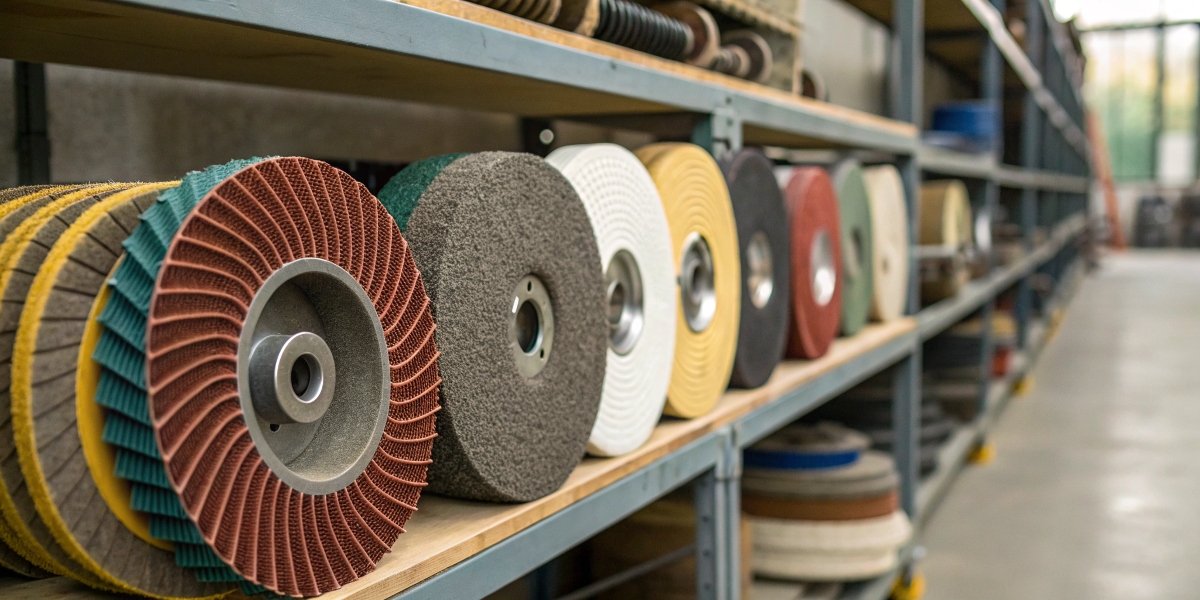
I’ve been in the grinding tool business for nearly thirty years here in Henan, the heart of China’s abrasives industry. I’ve seen countless purchasing managers and technical director1s struggle with this exact problem. They focus on price or brand, but the real secret to efficient grinding lies in a deep understanding of the materials involved. This knowledge not only saves money but also improves the quality of your finished products. Let me guide you through the selection process we’ve perfected over decades.
What factors should be considered when selecting a grinding wheel?
Struggling with inconsistent grinding results? Using the wrong wheel leads to poor finishes, wasted material, and increased downtime, hurting your bottom line and production targets.
Key factors include the material being ground, the amount of stock to be removed, the desired surface finish, and the type of grinding machine used. [3] Considering these elements systematically will lead you to the perfect wheel for your specific job every time. [1, 3]
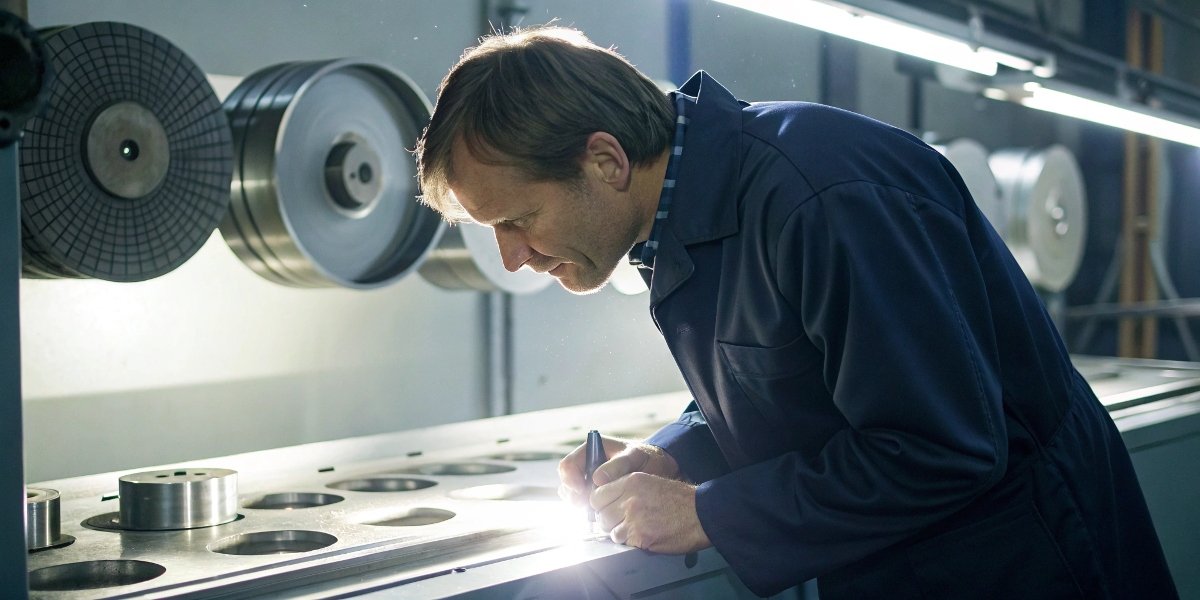
In my experience, a comprehensive approach is always best. We once had a client who was burning through wheels at an alarming rate. They were grinding hardened tool steel, a tough job. They focused only on using a hard wheel. Once we walked them through all the key factors, we realized the issue wasn’t just the abrasive type but also the grit size2 and the bond. A small change, from a hard bond to a softer one, allowed the wheel to release dull grains and expose new, sharp ones, which solved their problem overnight. It’s about looking at the entire grinding "system." [1] Seven main factors need your attention: the workpiece material, the severity of the operation, required finish, area of contact, wheel speed, coolant use, and your machine’s horsepower3. [1, 4] Each factor influences the others, so a holistic view is necessary for optimal performance.
What are the five important factors that determine the nature of a grinding wheel?
Confused by the codes on a grinding wheel? Not understanding these specifications can lead you to choose a wheel that performs poorly or wears out prematurely for your application.
The five main characteristics that define a grinding wheel are the abrasive material, grain size, wheel grade (hardness), structure (grain spacing), and bond type. [5, 6, 11] These factors work together to determine the wheel’s cutting performance, finish, and lifespan.
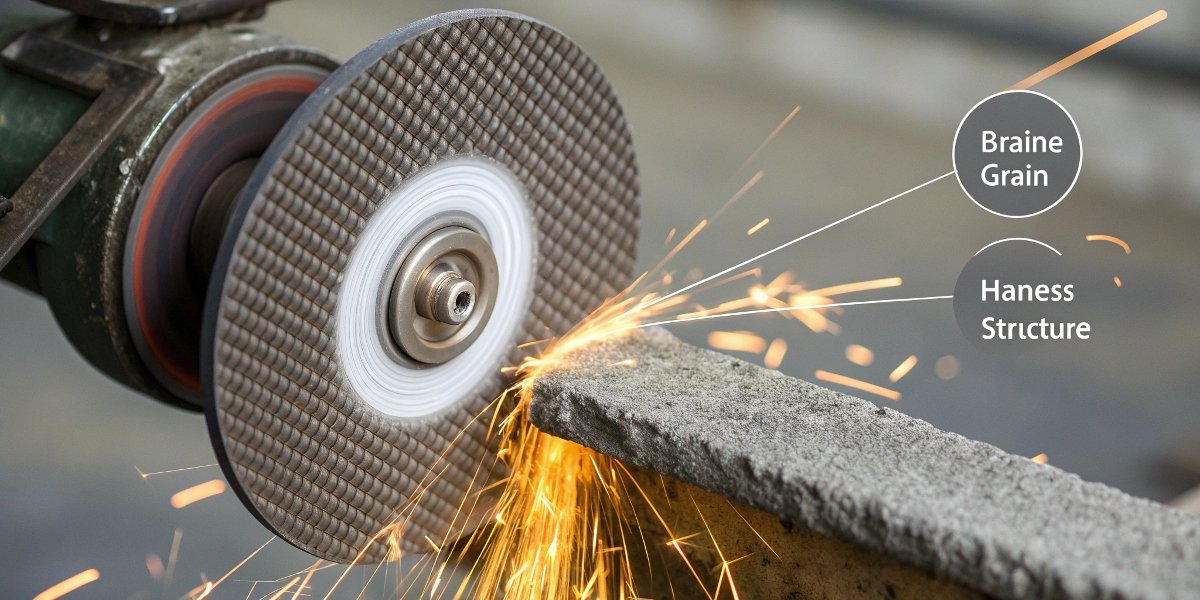
Think of these five factors as the DNA of the grinding wheel. They are usually printed right on the label as a standard code. [5, 10] For years, we’ve helped customers decode this "language" to find the perfect match for their needs. The abrasive itself is the cutting tool. [20] The grain size determines how rough or fine the finish will be. [5] The grade isn’t the hardness of the grain, but how strongly the bond holds onto those grains. [2, 3] The structure is about the spacing between grains, which helps with chip clearance. [5, 21] Finally, the bond is the "glue" holding it all together, and its type affects everything from speed to the finish. [10, 12] Understanding this system moves you from guessing to making an informed, strategic choice.
| Factor | Description | What it Affects |
|---|---|---|
| Abrasive Material | The type of cutting grain (e.g., Aluminum Oxide4, Diamond). Selected based on the workpiece material’s hardness and chemical makeup. [5] | Suitability for ferrous vs. non-ferrous metals5, cutting efficiency. [5] |
| Grain Size (Grit) | The physical size of the abrasive particles, from coarse (low number) to fine (high number). [5, 15] | Stock removal speed and the quality of the surface finish6. [20] |
| Grade (Hardness) | The strength of the bond holding the abrasive grains. Ranges from soft (A) to hard (Z). [5, 6] | Wheel life and performance on hard vs. soft materials. [3] |
| Structure | The density or spacing between the abrasive grains, from dense (1) to open (17). [5, 21] | Chip clearance, coolant flow, and cutting freedom. [5, 21] |
| Bond Type | The material holding the wheel together (e.g., Vitrified, Resinoid, Rubber). [10, 12, 14] | Wheel speed, finish quality, and resistance to heat or shock. [15, 22] |
What is the best material for grinding wheels?
Are you searching for a single "best" abrasive material? This approach often leads to selecting a wheel that is unsuitable for many jobs, causing inefficiency and poor results across different applications.
There is no single "best" material; the choice depends entirely on the workpiece. [1, 9] For ferrous metals like steel, Aluminum Oxide or CBN are best. [1, 13] For non-ferrous and non-metallic materials like aluminum or carbide, Silicon Carbide or Diamond are the superior choices. [1, 17, 22]
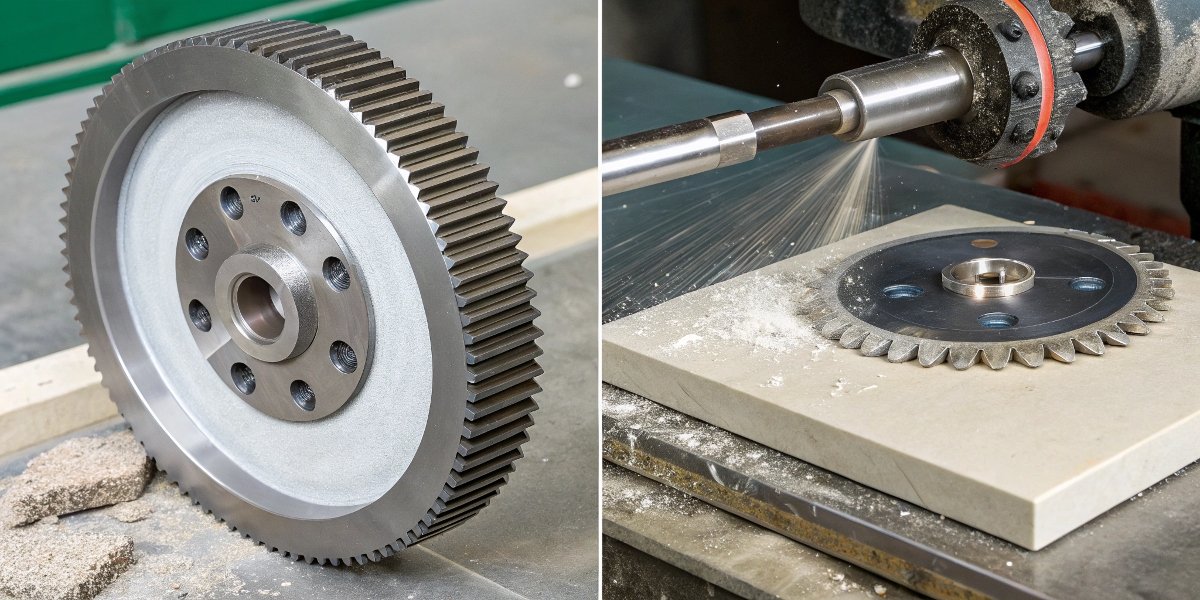
The question I get most often is, "Which abrasive is the strongest?" People are surprised when I tell them that’s not the right question. Diamond is the hardest material, but it’s not suitable for grinding steel because the carbon in the diamond reacts with the iron in the steel at high temperatures, causing the wheel to wear down quickly. [7, 26] This is where Cubic Boron Nitride (CBN), the second-hardest material, comes in. CBN is the best choice for hardened ferrous materials because it is chemically stable at the high temperatures of grinding steel. [7, 23, 24] For conventional abrasives, the rule is simple: Aluminum Oxide for high-tensile, ferrous metals5 and Silicon Carbide7 for low-tensile, non-ferrous, and non-metallic materials. [3, 16]
| Abrasive Type | Best For | Why? |
|---|---|---|
| Diamond (D) | Hardest materials: carbides, ceramics, glass, stone. [7, 17] | The hardest known material, providing excellent cutting on non-ferrous and non-metallic workpieces. [23, 26] |
| Cubic Boron Nitride (CBN) | Ferrous materials: hardened steels, tool steels, superalloys. [7, 23] | Excellent thermal and chemical stability; does not react with iron at high temperatures. [7] |
| Aluminum Oxide (A) | Ferrous metals: steel, steel alloys, cast irons. [1, 3] | A versatile and cost-effective choice for materials with high tensile strength. [13, 25] |
| Silicon Carbide (C) | Non-ferrous metals (aluminum, brass) and non-metallics. [3, 4] | Extremely hard and sharp, ideal for low-tensile strength and non-metallic materials. [13] |
Which factor decides the selection of the grinding wheel?
Overwhelmed by all the variables in wheel selection? Focusing on minor details while missing the most critical one leads to wasted time and resources on suboptimal grinding wheels.
Ultimately, the primary and most decisive factor is the material of the workpiece you are grinding. [1, 13] This single factor dictates the correct abrasive type, which is the foundational choice upon which all other specifications like grit and grade depend. [3, 4, 16]
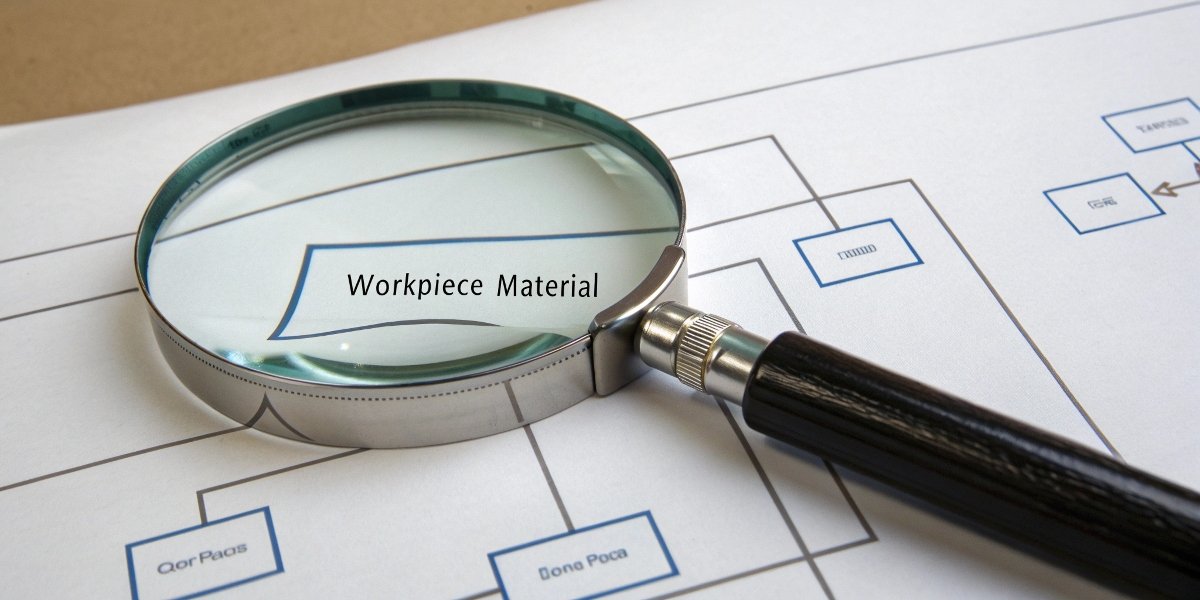
Let me end with a story. A potential client in North America contacted us. They were a high-precision manufacturing company machining specialized steel parts, and they were having trouble with their surface finish6. They had tried everything—different grit sizes, different wheel speeds, even different coolants. They showed me a list of wheels they had tested, and I saw the problem immediately. They were using a silicon carbide wheel. As I’ve mentioned, silicon carbide is not suitable for steel. We sent them samples of our RL brand white aluminum oxide wheels. A week later, their technical director1 called me personally. He said the change was "night and day." Their finish was perfect, and the wheels were lasting longer. This is the power of starting with the right question: "What am I grinding?" Once you answer that, the other choices become much simpler. [1, 9]
Conclusion
To select the right grinding wheel, always start by identifying your workpiece material. [1, 9] This choice dictates the best abrasive, ensuring efficiency, quality, and cost savings for your operation.
-
Discover the importance of technical expertise in optimizing grinding processes. ↩ ↩
-
Find out how grit size influences the finish and efficiency of your grinding process. ↩
-
Explore the importance of horsepower in choosing the right grinding wheel for your machine. ↩
-
Understand why Aluminum Oxide is a popular choice for grinding ferrous materials. ↩
-
Discover the characteristics of ferrous metals and their impact on grinding wheel choices. ↩ ↩
-
Discover the relationship between grinding wheel choice and the quality of surface finish. ↩ ↩
-
Learn about Silicon Carbide’s applications and advantages for non-ferrous materials. ↩
Written by
leeon
You may also be interested in:
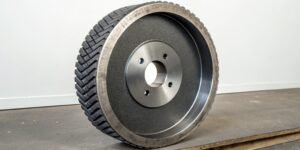
What's the application of CBN Wheels?
Struggling with grinding hard steels? Frequent wheel changes and poor finishes can hurt your bottom line. We have found that CBN wheels provide the durability
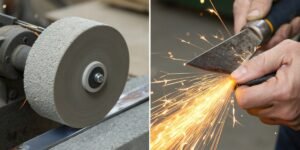
What is the difference between grinding and honing a blade?
A dull blade is a frustrating problem. It slows down production and ruins your workpiece. Using the wrong technique to fix it can cause permanent
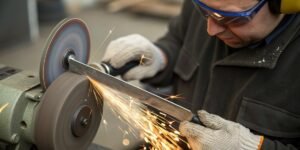
How to sharpen a knife on a bench grinder?
Is your dull knife slowing you down? A bench grinder seems like a quick fix, but you’re worried about ruining the blade. You need a

Can you use an angle grinder as a sander?
Your sanding project is tough, and your regular sander is not powerful enough. You look at your angle grinder. It has the power, but is
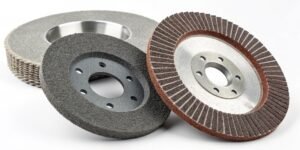
How to judge the quality of a grinding wheel?
Choosing the wrong wheel wastes money and ruins parts. Poor quality leads to downtime and rejection. A few key checks can guarantee you pick the

What is low stress grinding?
Struggling with parts failing due to hidden stress from grinding? This common issue causes cracks and reduces component life, costing you money. Low stress grinding
